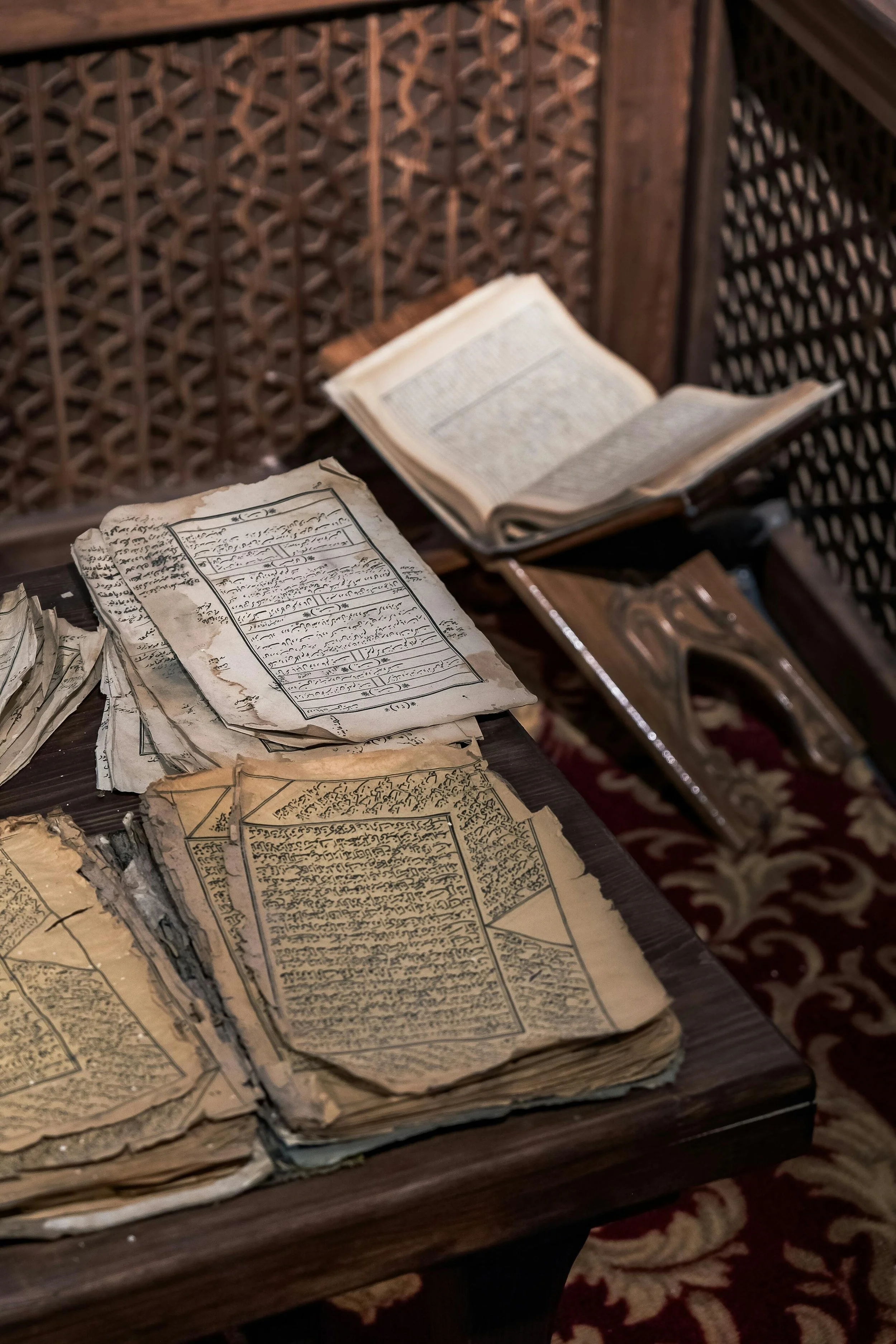Digital preservation requires two activities: digitizing and preserving digital objects.
Digitization is a complicated task involving the coordination of several different types of activities. As a result, projects may need to focus on these functions to varying degrees at phases of their life cycle as they move out of a start-up phase and into creation and ongoing maintenance.














